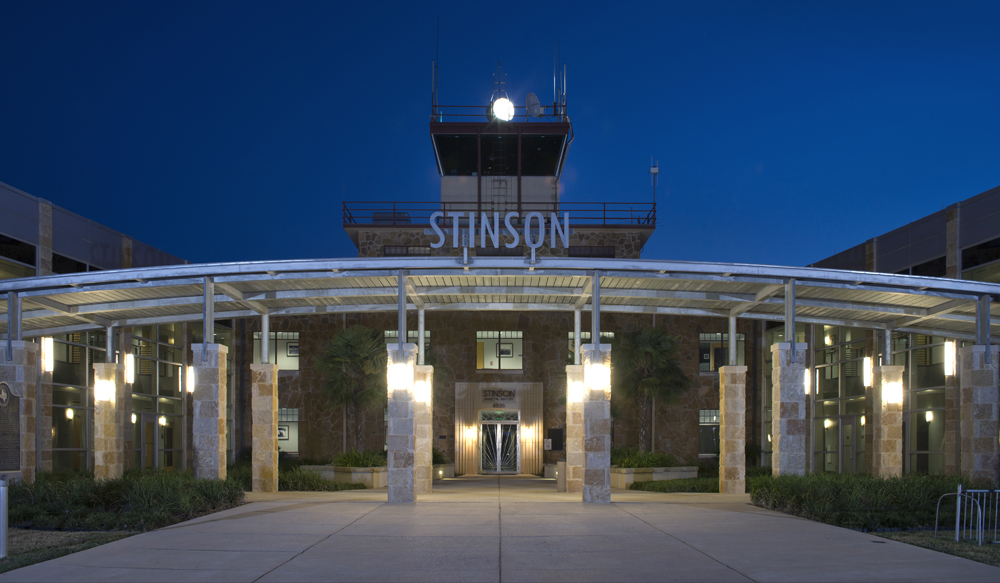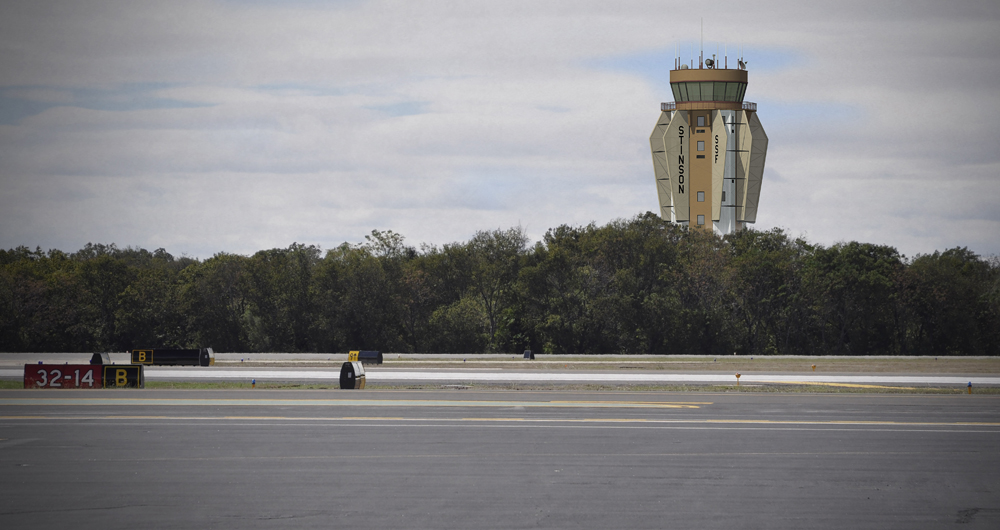On January 8, 2020, a presentation was conducted at the Stinson Municipal Airport in San Antonio. The National Aviation Hall of Fame (NAHF) induction medal – posthumously presented to Katherine Stinson last year – was placed on permanent display at Stinson Municipal Airport for the inspiration of all who read of Stinson’s impact on the nation’s aviation history.
Making the presentation to City Councilwoman Rebecca Viagran and Thomas Bartlett, Interim Director for the San Antonio Airport System, was a delegation from the National Aviation Hall of Fame. Included in the group was 2009 NAHF Enshrinee Colonel Eileen Collins, USAF (Ret) who presented Katherine Stinson for enshrinement. Col. Collins is the first woman to command a space shuttle and was the Commander on STS-114, the first Return-To-Flight Mission after the loss of the Columbia.
“The origin story of the Stinson School of Flying is special because of who started it and how it came about. Born from Katherine Stinson’s pioneering vision of teaching aviation to anyone who wanted to fly, today Stinson Municipal Airport remains an enduring legacy to the woman who dared everyone to soar greatly,” said Councilwoman Rebecca Viagran, District 3.
Katherine Stinson was inducted into the NAHF for a number of pioneering aviation accomplishments. Among them include: becoming one of the first females in the United States to earn a pilot’s certificate, founding the Stinson School of Flying (1915), training World War I military pilots and becoming the first woman to carry airmail and the first woman to exhibit as a circuit pilot. Stinson also set multiple distance and endurance records.
Reprinted by permission of Helotes Echo, copyright January 2020.





